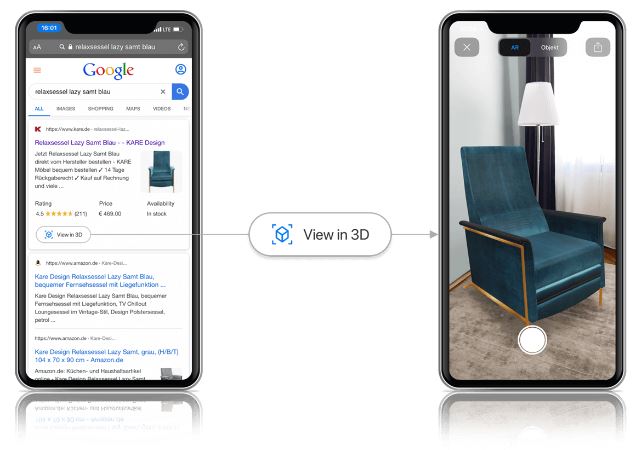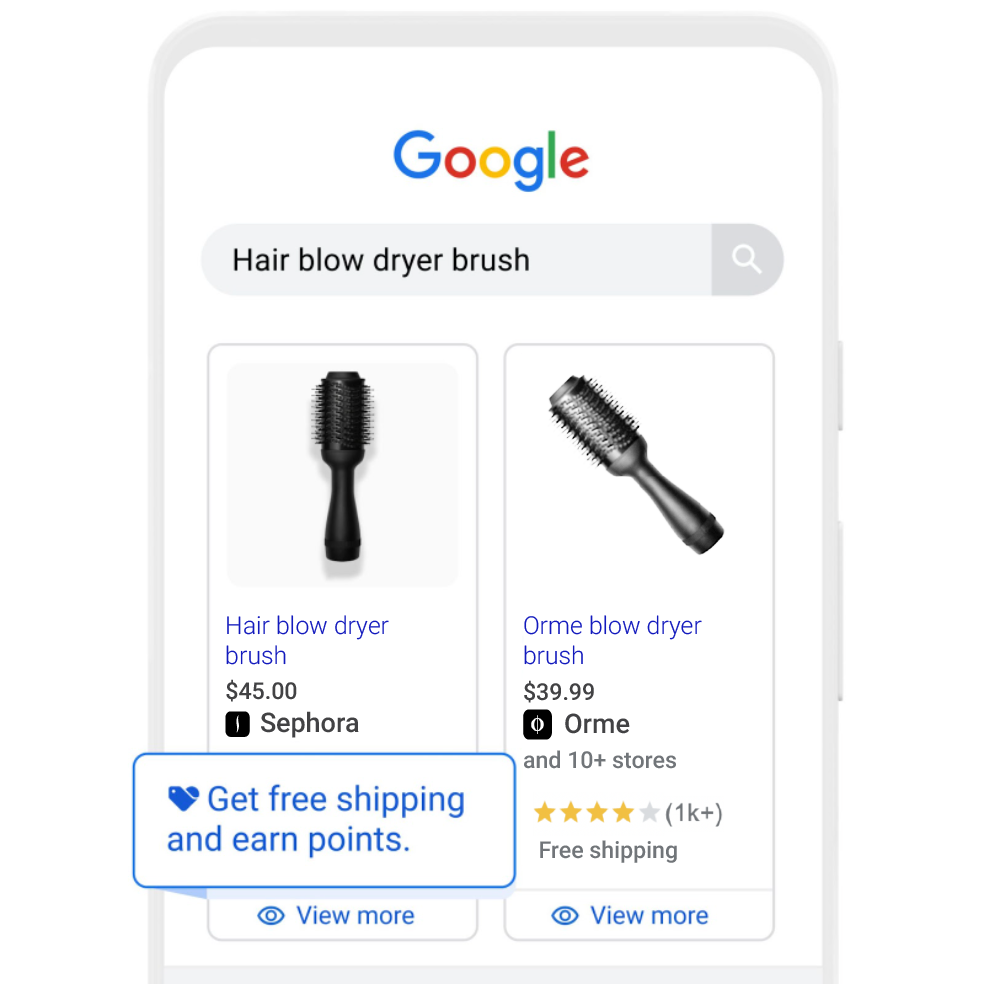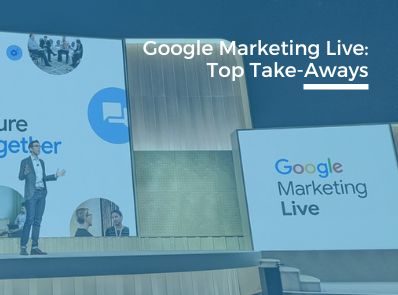Google held their annual marketing event last week. As always, it was a day full of excitement about what things are coming down the Google pipeline. To spare our audience from scouring through all the content available out there; I’m here to break down the things we found the most interesting as it relates to our agency, and how we will be better equipped to serve you.
New and Upcoming Features in Google Ads
It’s clear Google’s focus this year is on how they can best help advertisers get the most out of the changing privacy regulations. A running theme was to do with increased data and insights within the Google Ads platform, and an emphasis on “conversions”.
New Google Ads Insights
With that, I’ll start there, with insights within the platform. The insights page is getting a facelift, with new insights and explanations. Google is using the migration to Google Analytics 4 to leverage data in order to improve the intelligence we use to optimize ad campaigns. These new insights will include an ability to predict changes in ‘category-demand’, as well as predictive audiences (for example “Likely 7-day purchasers”). Obviously, this will be of great use when targeting ads to would-be customers. We’ll be able to compare the performance of products within a shopping campaign. Allowing us to have a better idea of how our products compare to others in the market. And, lastly, better budget insights will help us optimize a campaign’s budget and show how ad spend is pacing against the campaign goals.
New Experiment Features
Experiment features are also getting revamped in the near future. Starting with experimentation tools for Performance Max campaigns. While we won’t be getting ‘true’ experiments with PMax just yet, we are going to see suggested tests to run in an effort to deliver incremental conversions from existing campaigns. Other new experiments coming available include the use of geographic regions as test groups (we’re excited about this one!) and running one-click broad match experiments to tell us if broad match paired with smart bidding can help achieve our goals (we think probably not).
More Data-Driven Conversion Modelling
Data-driven conversion modelling is expanding. Previously there were high thresholds for transition to a conversion-based model. Soon, the use of machine learning will allow us to attribute credit for conversions much easier, so shifting a campaign to a conversion model will be attainable more rapidly. This should be seen as a signal of a widespread shift in the trajectory of the online landscape. By 2023, it’s estimated that 65% of the world’s population will be covered by strict privacy regulations. Increased use of conversion modelling is a way Google is suggesting they can safeguard our campaigns from the inevitable loss of available data.
Better Asset Libraries
Google is also improving the Google Ads Asset Library. The asset library will be integrated with Google Drive, making it available to everyone involved in the ad creation process. It will also include asset-level reporting and allow users to create videos directly in the asset library (as opposed to having to use a separate tool). This should prove to streamline the video ad creation process.
On top of these exciting backdoor data-driven changes, there are a number of customer-facing changes worth getting excited about. My personal favourite is the future use of augmented reality on cameras allowing merchants to have 3D models of their products appear directly within the search engine results page. This technology will allow people to practically see a product in their personal environment before buying it.

Taking on Social Commerce
Google is also testing a “Checkout on Merchant” option for people searching for a specific product. They will be able to checkout right from Google’s Shopping ads, without having to go several pages to make a purchase from an ecommerce site.
Google Business Messages
Another thing to look out for is Google Business Messages as an extension of Google Ads. Allowing customers to chat with the business directly. Customers will also be able to showcase their loyalty benefits on Google.

Video Ads for Google Discover Campaigns
Video ads are coming to Google’s Discover page. Previously we have only had the ability to place image and carousel ads on the discover feed.
YouTube Shorts
Lastly, the introduction of YouTube Shorts. Shorts is YouTube’s competitive answer for TikTok. A maximum one-minute video platform for people to showcase their creativity and promote their content. Of course, this provides a new YouTube Ads opportunity. Advertisers running video and app campaigns will have their ads automatically scaled to fit YouTube Shorts.
Overall Impressions
It’s clear to me that Google is preparing for a digital world catered to the user. Focusing on creating a more intimate online buying experience; pulling focus away from using data to drive traffic and steering towards making the buyer more interested in converting even if it happens without leaving a footprint on the merchandiser’s website.
This is also evidenced in some of the things I didn’t list in detail (interspersing search ads with organic results, etc.). A lot of effort has been put towards a shift to driving leads and sales as opposed to maximizing traffic. The intention seems to be to avoid the eventual headaches resulting from large gaps in data as privacy regulations get tighter and tighter. The result could almost be seen as an overlap in the experiences of physical and digital shopping. Ultimately, I think that should prove to be a more natural marriage between Google advertising and traditional business practices.
What’s Next?
A lot of exciting changes on Google’s horizon! Last year we predicted that Google would need to shift the focus of its advertising and measurement frameworks to stay ahead of the impeding privacy regulations. This year’s rollout was exactly that! What this means for advertisers is nothing new; the tech and advertising landscapes are ones that have long required the ability to adapt. Our approach of “trust but test” should lend itself naturally to these big changes.
Changes always bring challenges, and those challenges present opportunities. If you have any questions about your digital strategy, give us a call!








